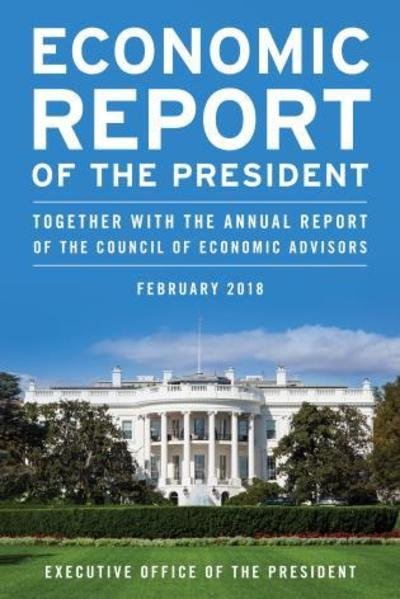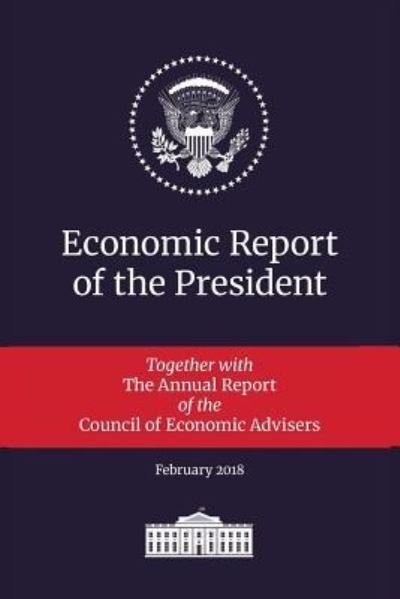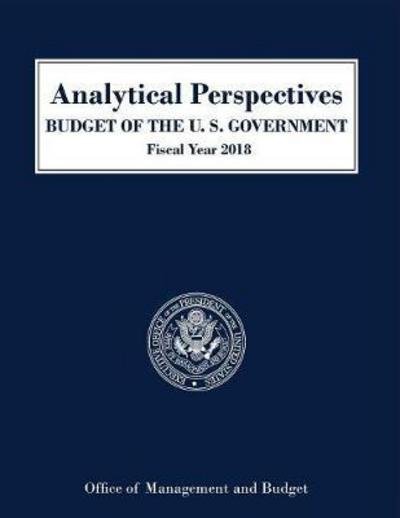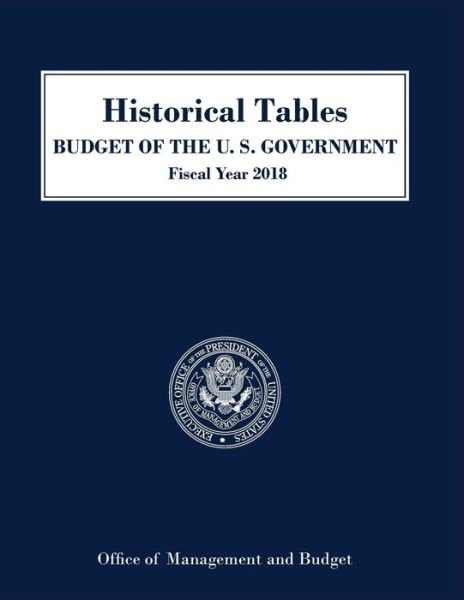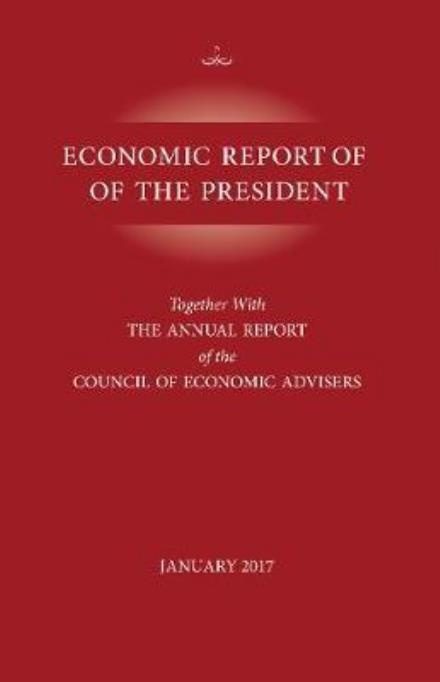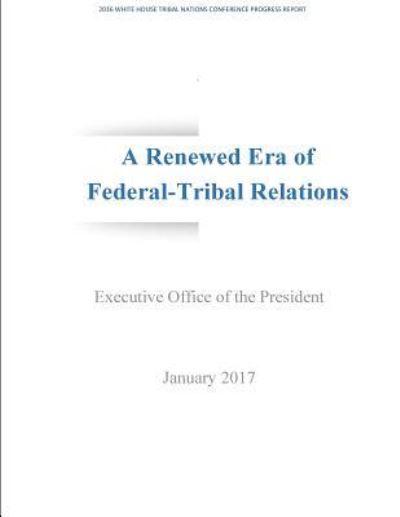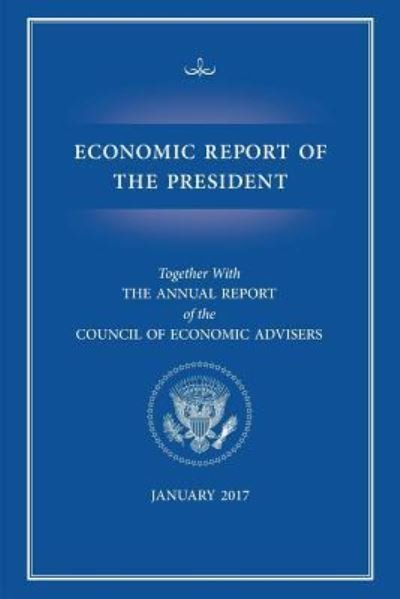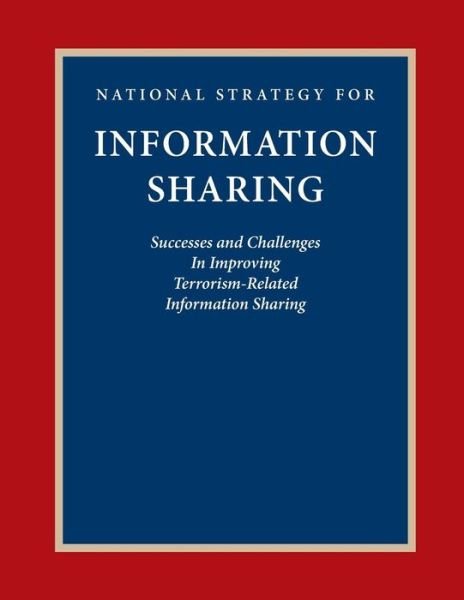
Tell your friends about this item:
National Strategy for Information Sharing: Success and Challenges in Improving Terrorism-related Information Sharing
Executive Office of the President
National Strategy for Information Sharing: Success and Challenges in Improving Terrorism-related Information Sharing
Executive Office of the President
Publisher Marketing: The Nations success in preventing future terrorist attacks depends upon our ability to gather, analyze, and share information and intelligence regarding those who want to attack us, the tactics that they use, and the targets that they intend to attack. Our National Strategy for Combating Terrorism, issued in September 2006, recognizes that the War on Terror is a different kind of war, which requires a paradigm shift and the application of all elements of our national power and influence. The intelligence and information sharing structures that once enabled the winning of the Cold War now require greater flexibility and resilience to confront the threats facing our Nation from a transnational terrorist movement determined to destroy our people, our freedoms, and our way of life. For the past six years, this Administration has worked within the Federal Government, and with our State, local, tribal, private sector, and foreign partners to transform our policies, processes, procedures, and-most importantly-our workplace cultures to reinforce the imperative of improved information sharing. The exchange of information should be the rule, not the exception, in our efforts to combat the terrorist threat. Substantial improvements have occurred within individual agencies and disciplines, but there is still more to be done. Improving information sharing in the post-September 11 world requires an environment that supports the sharing of information across all levels of government, disciplines, and security domains. As with our achievements to date, an improved information sharing environment will not be constructed overnight, but rather will evolve over time and will be the fruit of careful cultivation. An improved information sharing environment also will be constructed upon a foundation of trusted partnerships among all levels of government, the private sector, and our foreign allies-partnerships based on a shared commitment to detect, prevent, disrupt, preempt, and mitigate the effects of terrorism. This Strategy sets forth the Administration's vision of what improvements are needed and how they can be achieved. The Strategy was developed with the understanding that homeland security information, terrorism information, and law enforcement information related to terrorism can come from multiple sources, all levels of government, as well as from private sector organizations and foreign sources. Federal, State, local, and tribal government organizations use such information for multiple purposes. In addition to traditional law enforcement uses, such information is used to (1) support efforts to prevent terrorist attacks, (2) develop critical infrastructure protection and resilience plans, (3) prioritize emergency management, response, and recovery planning activities, (4) devise training and exercise programs, and (5) determine the allocation of funding and other resources for homeland security-related purposes.
| Media | Books Paperback Book (Book with soft cover and glued back) |
| Released | September 21, 2014 |
| ISBN13 | 9781502445643 |
| Publishers | Createspace |
| Pages | 44 |
| Dimensions | 216 × 279 × 2 mm · 127 g |
More by Executive Office of the President
See all of Executive Office of the President ( e.g. Paperback Book , Hardcover Book and Book )

 Christmas presents can be returned until 31 January
Christmas presents can be returned until 31 January



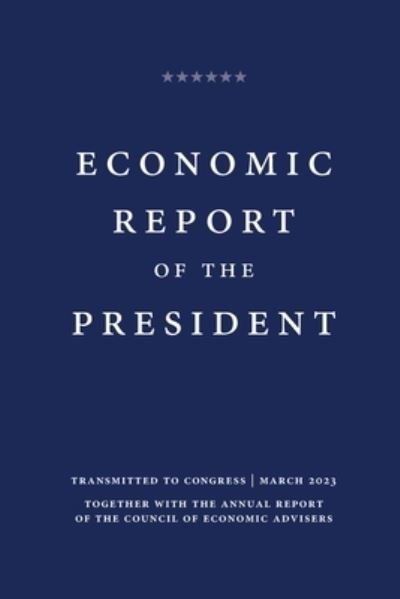
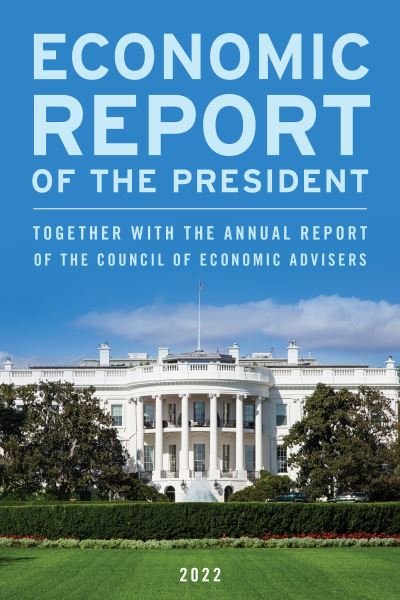




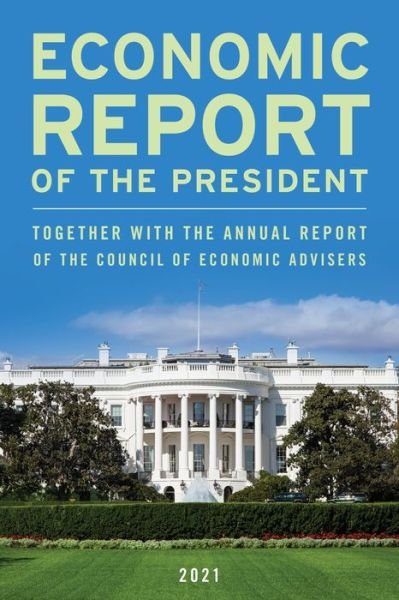
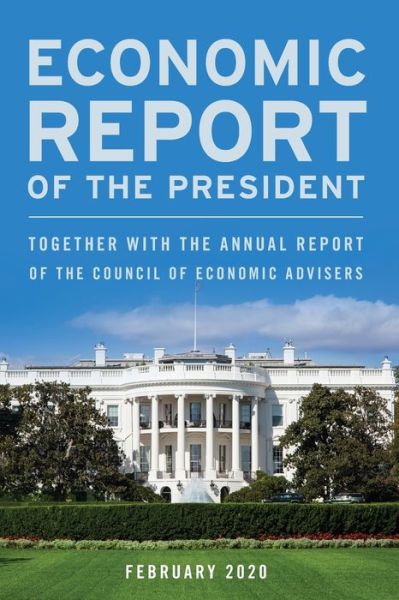


![Cover for Executive Office of the President · Economic Report of the President 2020: Together with the Annual Report of the Council of Economic Advisers - Economic Report of the President (Paperback Book) [2020th edition] (2020)](https://imusic.b-cdn.net/images/item/original/329/9781598049329.jpg?executive-office-of-the-president-2020-economic-report-of-the-president-2020-together-with-the-annual-report-of-the-council-of-economic-advisers-economic-report-of-the-president-paperback-book&class=scaled&v=1593204188)


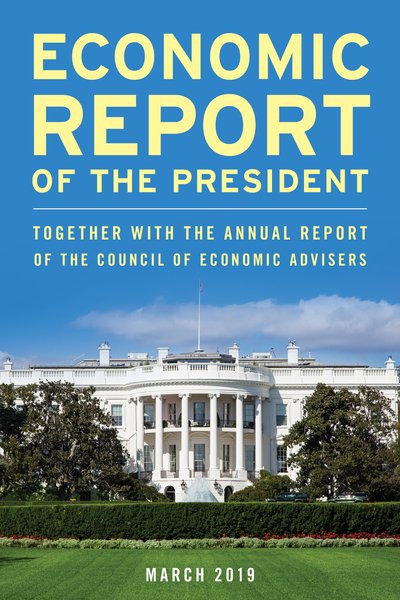
![Cover for Executive Office of the President · Economic Report of the President 2019 - Economic Report of the President (Paperback Book) [2019th edition] (2019)](https://imusic.b-cdn.net/images/item/original/114/9781598049114.jpg?executive-office-of-the-president-2019-economic-report-of-the-president-2019-economic-report-of-the-president-paperback-book&class=scaled&v=1643001794)
![Cover for Executive Office of the President · United States Government Manual 2018 - United States Government Manual (Paperback Book) [2018th edition] (2019)](https://imusic.b-cdn.net/images/item/original/926/9781598048926.jpg?executive-office-of-the-president-2019-united-states-government-manual-2018-united-states-government-manual-paperback-book&class=scaled&v=1640195472)
